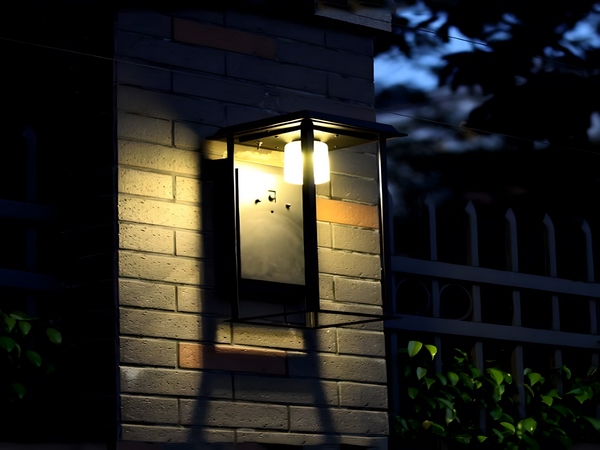
Many manufacturers of solar street lights often overlook an important issue during the design process: the heat dissipation of solar street lights. Heat dissipation is a key concern during the operation of solar street lights, as it directly affects the luminous efficiency in actual work conditions. Furthermore, due to high brightness requirements and significant heat generation, combined with harsh outdoor environments, inadequate heat dissipation can lead to rapid aging of the light source and decreased stability. So, what are the methods for heat dissipation in solar street lights? Here are some insights shared by Century Sunshine Lighting:
1. Heat sink cooling: Some street light luminaires are equipped with heat sinks for cooling. However, this can increase weight and danger; accidents are more likely to occur during extreme weather events such as typhoons or earthquakes.
2. Heat conduction plate cooling: This method involves transferring the heat generated by the solar street light to a conductor, which dissipates the heat external to the lamp head. The conductor is typically a 5mm thick copper plate, essentially functioning as a thermal equalization plate, distributing heat evenly and increasing the heat dissipation area.

3. Pin fin cooling: Pin fin heat exchangers significantly improve cooling efficiency compared to traditional finned heat sinks; they can reduce LED junction temperatures by over 15°C compared to standard heat sinks. Additionally, they offer better waterproof performance than conventional aluminum heat sinks while also being lighter and more compact.

The aforementioned methods for heat dissipation in solar street lights have been shared here. Solar street lights are characterized by their good stability, long lifespan, high luminous efficiency, ease of installation and maintenance, high safety performance, energy efficiency, environmental friendliness, and practicality.



